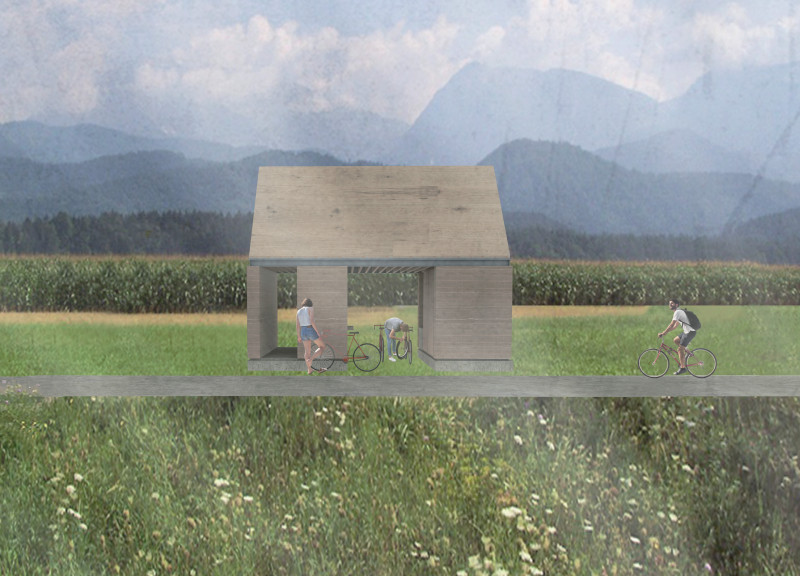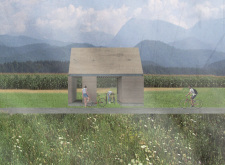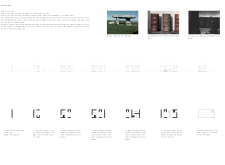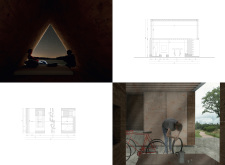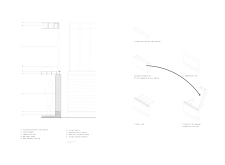5 key facts about this project
Sustainable Materiality and Design
One of the distinguishing features of the "Earth of Gold" project is its use of rammed-earth walls, a sustainable choice that enhances thermal performance. This material not only contributes to the structural integrity of the building but also forms a tactile connection with the surrounding terrain. The structure’s foundation is made of reinforced concrete, ensuring stability while the roof employs a traditional gabled form, integrating modern construction techniques with agricultural architectural references.
The structure's interior consists of distinct zones allowing for varied use. A public area offers basic amenities while a more private upper-level sleeping area accommodates individuals or small groups. This separation of functions promotes both privacy and community engagement, encouraging interaction among travelers.
Functional Layout and User Experience
The arrangement of spaces within the "Earth of Gold" is designed for efficiency and comfort. Each area is accessible, facilitating smooth transitions for users. Attention to detail is evident in features like the strategically placed triangular windows, which provide natural light and promote a connection to the natural environment while ensuring privacy for residents. Asphalt paving and surrounding vegetation enhance the overall user experience, seamlessly integrating the project into its rural context.
The project also highlights innovative construction practices. Use of plywood for formwork in creating rammed-earth walls exemplifies a commitment to sustainability and efficient building techniques. This attention to material reuse reflects current trends in architecture toward environmentally responsible design.
This detailed analysis of the "Earth of Gold" project illustrates its commitment to sustainability, functionality, and user-centered design. For those interested in exploring this architectural endeavor further, a review of the architectural plans, sections, designs, and ideas will yield deeper insights into its design and implementation.


